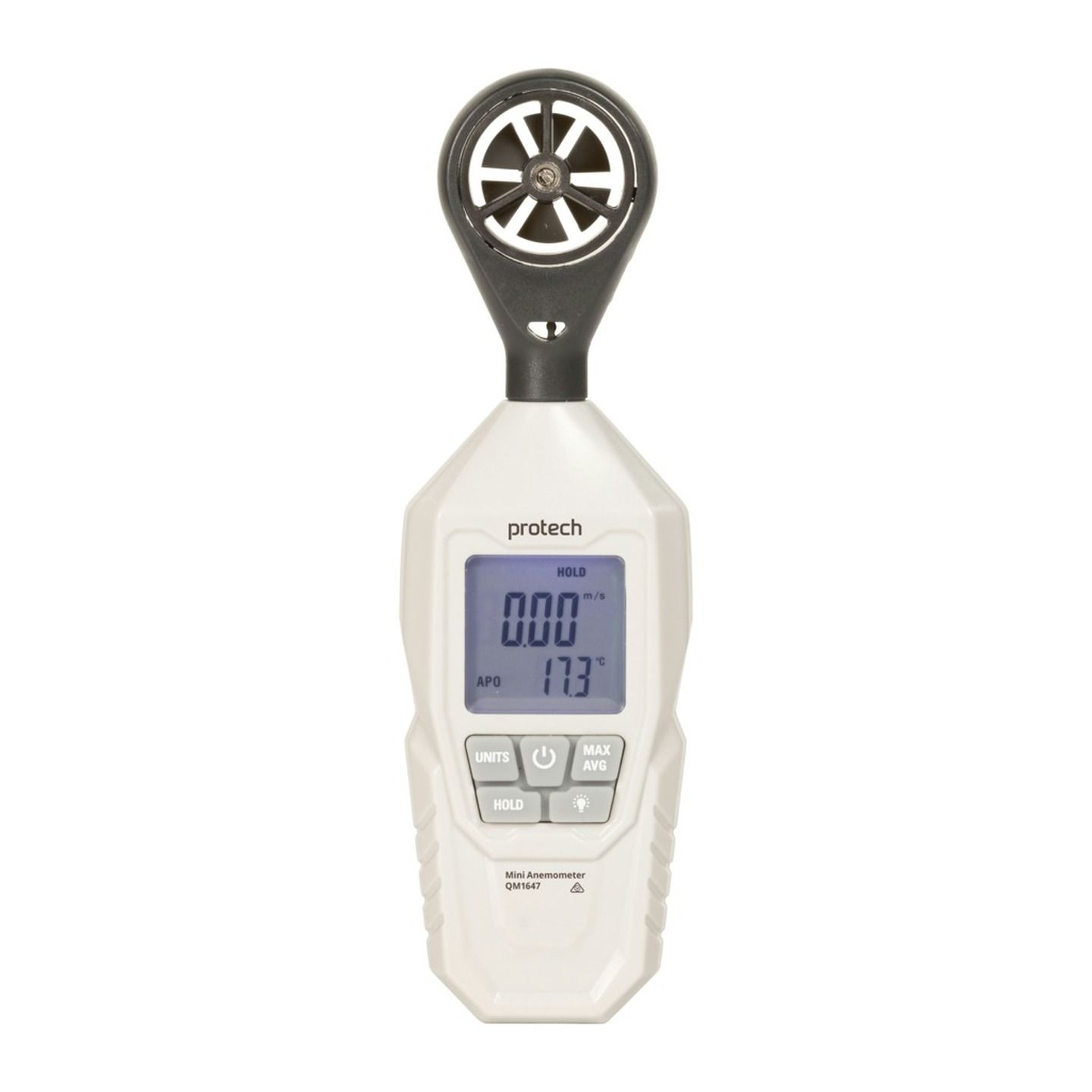Recognizing Different Kinds Of Anemometers for Numerous Applications
Wiki Article
Anemometers Revealed: Recognizing Their Relevance in Environmental Tracking and Security Steps
The function of anemometers in environmental surveillance and safety and security actions is typically undervalued, yet their relevance is undeniable. From meteorology to aviation security, anemometers play an important function in providing accurate data that notifies decision-making processes and enhances overall safety.Background of Anemometers
The evolution of anemometers can be traced back to the ancient worlds where primary wind determining tools were very first utilized. One of the earliest well-known anemometers was the hemispherical mug anemometer invented by Leon Battista Alberti in the 15th century.Over the years, innovations in innovation led to the growth of even more modern-day anemometers, consisting of ultrasonic anemometers and laser Doppler anemometers, using enhanced accuracy and efficiency in determining wind speed and instructions. The background of anemometers showcases an exceptional trip of technology and progress in the field of meteorology.
Kinds Of Anemometers
Throughout the field of weather forecasting, different types of anemometers have been established to precisely determine wind rate and instructions. Sonic anemometers make use of ultrasonic signals to gauge wind rate and direction precisely. Hot-wire anemometers operate based on the principle that the cooling impact of wind on a warmed wire is proportional to the wind rate.Applications in Meteorology
Having actually gone over the different sorts of anemometers used in meteorology for determining wind speed and direction, it is crucial to discover their practical applications in the area. Anemometers play an important role in meteorology by providing real-time and precise data on wind conditions (anemometer). Meteorologists make use of anemometers to keep track of wind rate and instructions to anticipate weather condition patterns, problem cautions for extreme weather events like hurricanes, storms, and storms, and assess weather for aviation securityIn weather forecasting, anemometers help in recognizing regional and regional wind patterns, which are vital for forecasting climate modifications and determining weather fads. These tools are likewise used in study to study microclimates, urban warmth islands, and air pollution dispersion. In addition, anemometers are utilized in farming to optimize plant monitoring techniques, such as watering and chemical application, based upon wind conditions.
Significance in Air Travel Security
An integral facet of guaranteeing aviation safety exists in the thorough surveillance of wind problems using anemometers. Anemometers play an essential role in aeronautics by giving real-time information on wind rate and direction, assisting pilots in making notified choices during trip, landing, and liftoff. Unforeseeable and solid winds can substantially impact airplane procedures, making it crucial for air travel authorities to rely on accurate wind dimensions to make certain the safety of guests and see post staff.In the dynamic environment of air travel, where also small modifications in wind rate and direction can have profound impacts, anemometers stand as essential devices for promoting safe and secure and risk-free flight.
Role in Environmental Study
How do anemometers add to innovations in ecological research study? Anemometers play a vital role in ecological research by giving essential More Info data on wind speed and direction. This info is important for understanding different atmospheric processes, such as air contamination dispersion, weather condition patterns, and climate modification. By accurately determining wind qualities, anemometers help researchers assess the activity of pollutants in the air, analyze the influence of industrial discharges, and forecast the spread of contaminants in the environment.

Verdict
In final thought, anemometers have played an Learn More Here essential duty in environmental tracking and safety steps. Comprehending the relevance of anemometers is essential for properly gauging wind speed and direction, which is vital for forecasting climate patterns, guaranteeing risk-free aeronautics procedures, and carrying out ecological researches.One of the earliest well-known anemometers was the hemispherical mug anemometer designed by Leon Battista Alberti in the 15th century. Over the years, innovations in innovation led to the development of more contemporary anemometers, including ultrasonic anemometers and laser Doppler anemometers, supplying enhanced accuracy and efficiency in measuring wind speed and direction. Hot-wire anemometers operate based on the concept that the cooling impact of wind on a warmed wire is proportional to the wind speed. Meteorologists make use of anemometers to monitor wind rate and instructions to anticipate weather patterns, problem warnings for severe climate occasions like twisters, storms, and tornados, and assess climatic problems for air travel safety and security.
Understanding the significance of anemometers is crucial for properly gauging wind rate and direction, which is essential for anticipating weather patterns, making certain safe aeronautics procedures, and performing environmental researches. (anemometer)
Report this wiki page